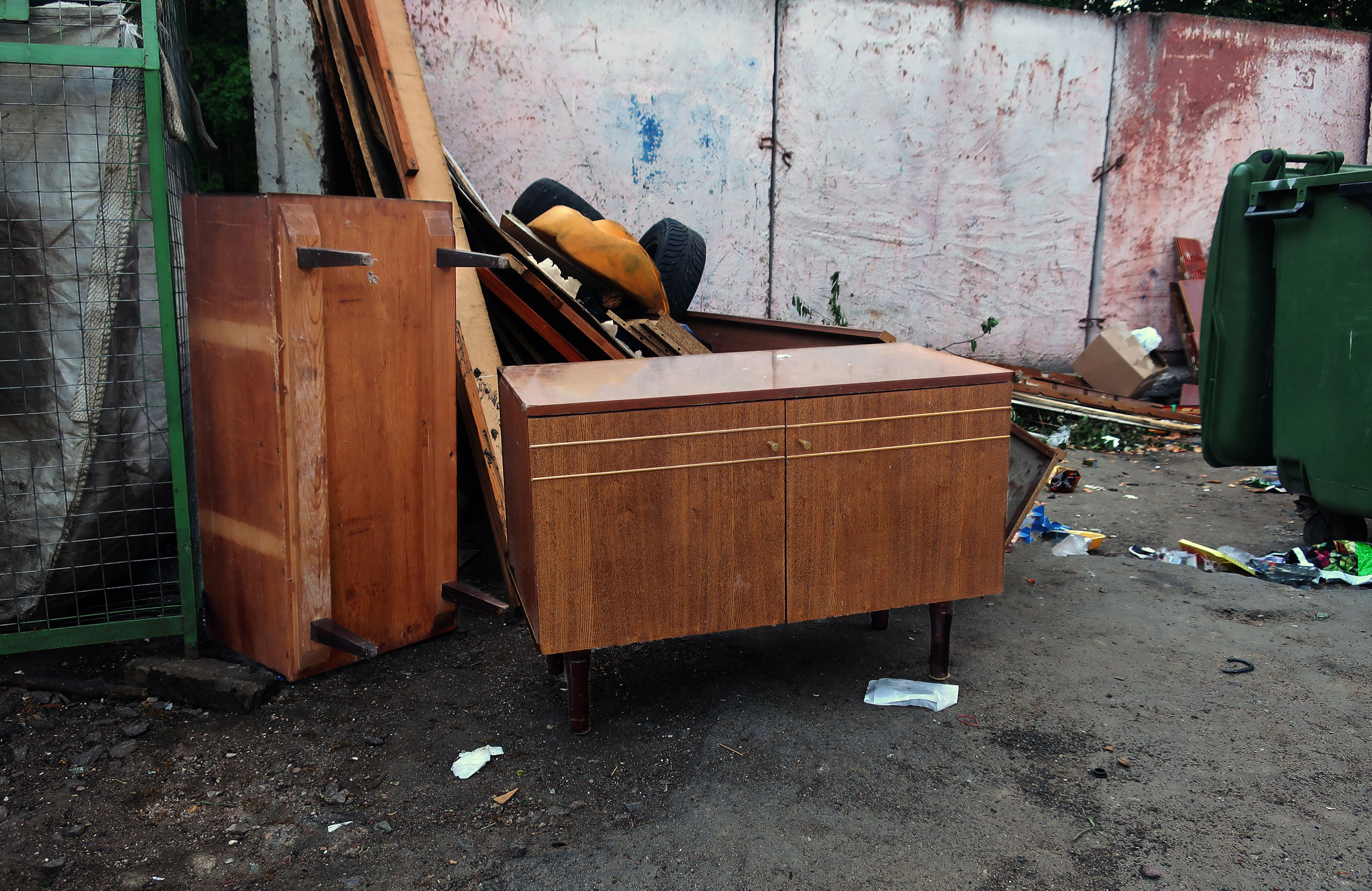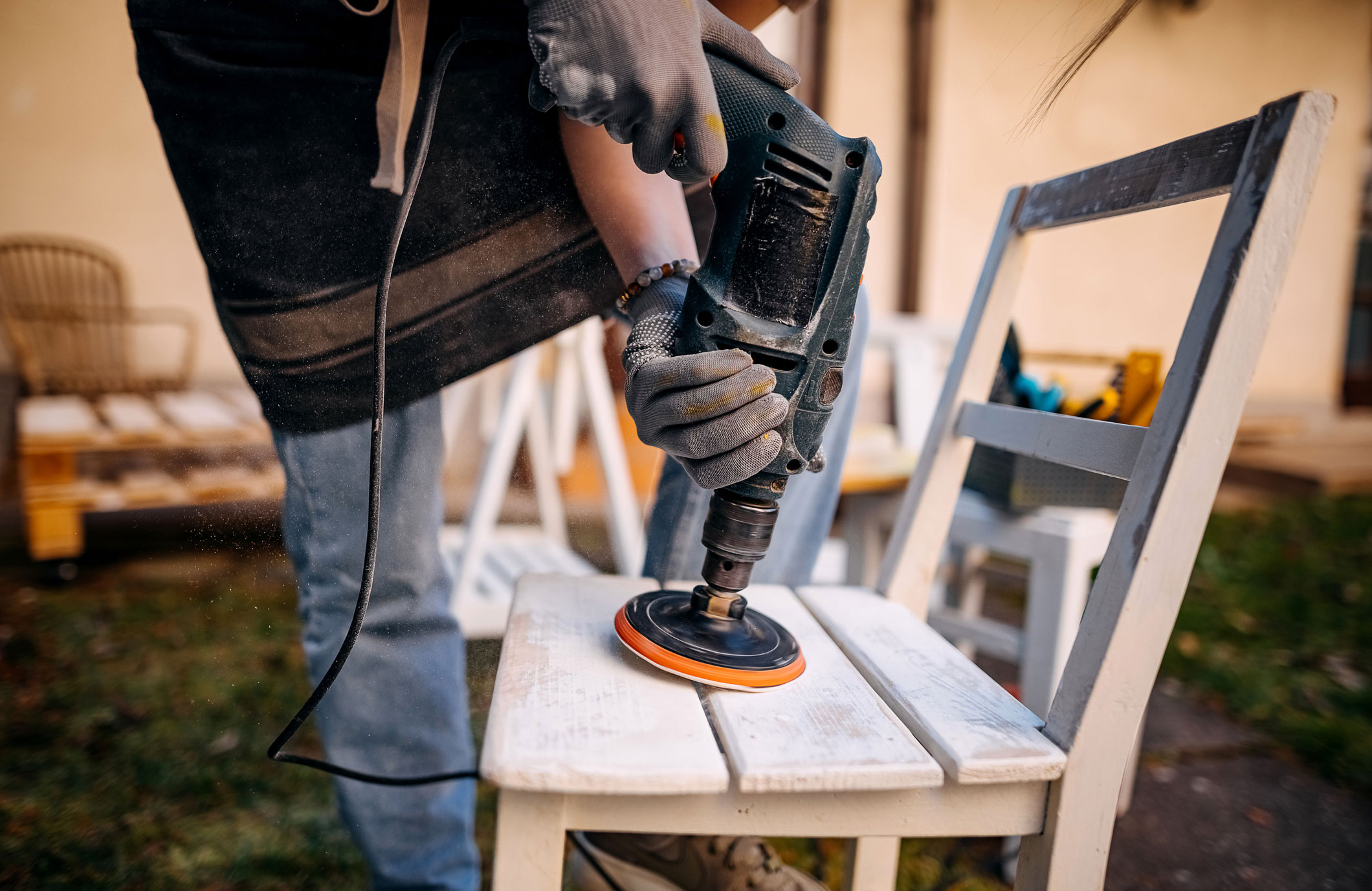How you can make money flipping furniture

These days, it seems like everyone has a side hustle. Some drive for ride-share apps, others sell their art and some even offer services like dog-walking. If you’re a DIY enthusiast looking for a lucrative hobby, restoring old furniture might be the perfect match. With a few basic supplies and a little elbow grease, you’ll be rewarded not only with extra income, but also with the satisfaction of making something beautiful.
The concept is simple: find or purchase old furniture for a low price or free, fix it up into something desirable, and resell for a profit. The key to maximising income is to develop a keen eye for which pieces are likely to sell, ensuring that whatever you pick up is able to be refurbished and fits your target market.
How to find furniture to flip

First, you’ll want to scout for the right pieces. Your business acumen will grow over time, but to start, focus on finding cheap or free furniture made of solid wood or metal. Low price points encourage the highest profit margin and these materials are the easiest to rework. Plus, now that particleboard has become so standard, solid wood and metal tend to be more desirable for purchasers.
Additionally, make sure that any furniture you purchase is within your capabilities to refurbish. Intensive restorations will cut into your profits, so stick to pieces with easy fixes, like scuff marks, small cracks, wobbly legs and missing knobs or feet. All of these issues can be addressed in a timely manner.
How to flip furniture

Now that you’ve acquired your pieces, it’s time to get flipping! The best ways to breathe new life into an old piece are to fix any preexisting issues, try a coat of stain or paint and give it some new hardware. Follow your creative instincts and consider which styles of furniture you’ve seen selling elsewhere.
To make these changes, you’ll need a few basic tools. These include:
Soap and water
Mineral spirits
Epoxy putty
Sandpaper
Primer
Oil- and water-based paints
Wipe-on finish
Paintbrush
Screwdriver
Screws
The first step should always be to clean the piece. After that, you can patch any cracks, fix wobbles or replace missing feet.
The next step is to decide if you’d rather paint the piece or refinish it. If painting, remember to always sand and prime your surface. If finishing, assess the existing finish before applying a new coat.
After your paint or finish dries, attach some snazzy new hardware – and if needed, affix new upholstery – and you’ve got a totally unique piece to resell.


